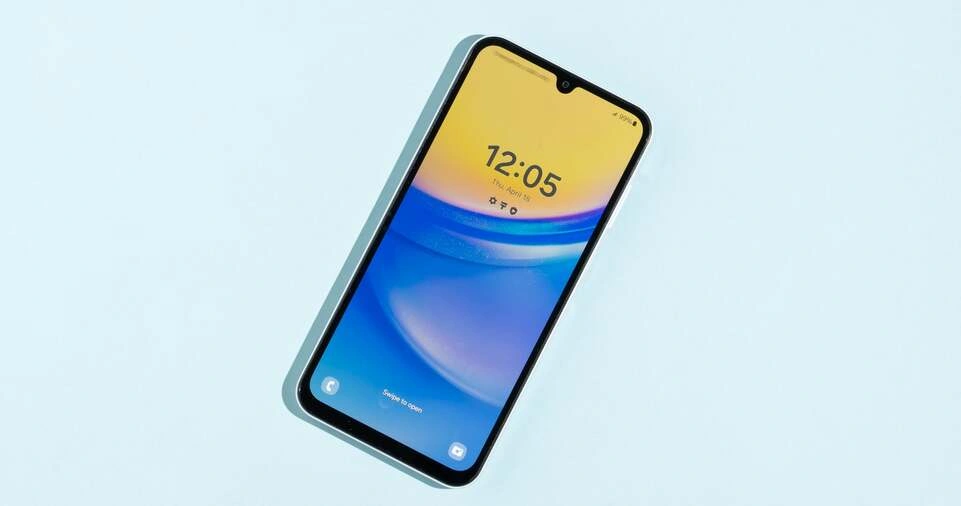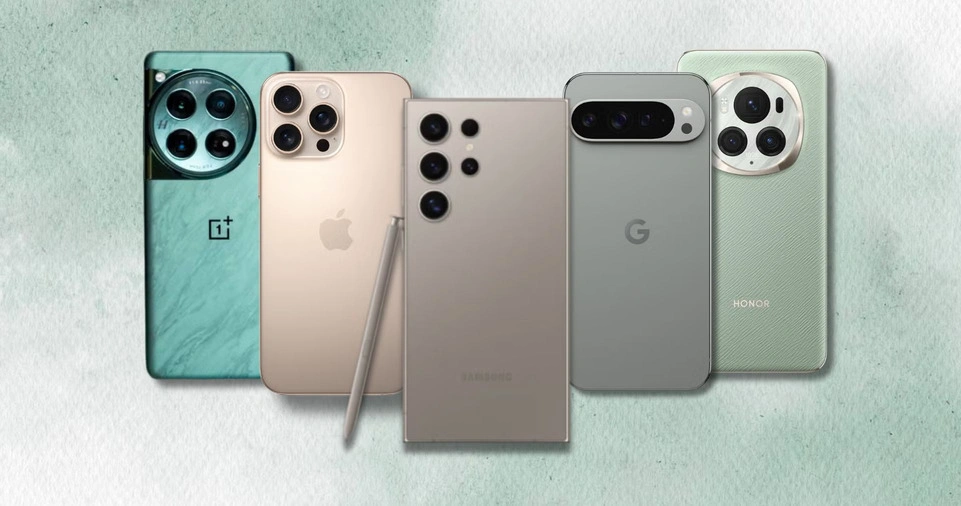In today’s digital world, a smartphone is more than just a device for making calls and sending messages; it’s a personal assistant, entertainment hub, and productivity tool.
With countless models available from various brands, choosing the right smartphone can be overwhelming.
Whether you are looking for a phone for gaming, photography, business, or general use, there are several factors to consider, including performance, battery life, camera quality, operating system, and budget.
This guide will provide a detailed breakdown of how to choose the best smartphone for your needs, ensuring that you make an informed decision based on your lifestyle and preferences.
By following these steps, you can find a device that not only fits your budget but also meets all your daily requirements.
Let’s dive deep into the key factors that should influence your purchase decision and explore the best strategies for picking a smartphone that will serve you well for years to come.
Understanding Your Budget
Smartphone Price Categories
Before selecting a smartphone, the first step is to determine your budget. Smartphones are available at various price points, each offering different features and capabilities.
Here’s a breakdown of the different categories:
Budget Smartphones ($100 – $300)
Budget smartphones are ideal for those who need a basic phone for calling, texting, browsing, and using social media apps.
These phones usually have:
- Entry-level processors (e.g., MediaTek Helio, Snapdragon 400 series)
- HD+ displays with lower refresh rates (60Hz)
- Basic camera setups (single or dual cameras)
- 3GB to 6GB RAM and 32GB to 128GB storage
- Large batteries (4000mAh to 5000mAh)
- Plastic body build
Popular budget smartphones include models from Xiaomi, Realme, Samsung’s Galaxy A series, and Motorola’s G series.
Mid-Range Smartphones ($300 – $700)
Mid-range smartphones offer better performance, design, and features. These phones are perfect for users who want a balance between affordability and performance.
Key features include:
- Powerful processors (e.g., Snapdragon 700 series, Dimensity 800-900 series)
- Full HD+ or AMOLED displays with 90Hz or 120Hz refresh rates
- Versatile camera setups (main sensor, ultra-wide, macro, depth sensor)
- 6GB to 12GB RAM and 128GB to 256GB storage
- Fast charging support (30W to 65W)
- Glass or premium plastic build
Brands such as OnePlus, Samsung Galaxy A/M series, and Google Pixel A-series dominate this segment.
Flagship Smartphones ($700 – $1500)
Flagship smartphones offer the best technology available and are perfect for users who want top-tier performance, photography capabilities, and premium build quality.
Features include:
- High-end processors (Snapdragon 8 Gen series, Apple A-series, Google Tensor)
- AMOLED or LTPO displays with 120Hz or 144Hz refresh rates
- Advanced camera setups with optical zoom, AI enhancements, and Night Mode
- 8GB to 16GB RAM and 256GB to 1TB storage
- Fast and wireless charging (up to 100W fast charging)
- IP68-rated water and dust resistance
- Premium build materials like glass and aluminum
Popular flagship models include the iPhone 15 Pro Max, Samsung Galaxy S23 Ultra, Google Pixel 8 Pro, and OnePlus 11 Pro.
ALSO READ: How to Develop a Healthy Daily Routine
Key Factors to Consider When Choosing a Smartphone

Performance & Gaming
If you frequently play mobile games or use demanding applications, a phone with a powerful processor, high RAM, and an optimized cooling system is necessary.
Key Specifications for Performance:
- Processor: Look for high-end chipsets like Snapdragon 8 Gen series, Apple A17 Bionic, MediaTek Dimensity 9000, or Google Tensor.
- RAM: At least 8GB RAM for gaming; 12GB+ for seamless multitasking.
- Cooling System: Some phones include vapor chamber cooling for heat dissipation.
- Refresh Rate: 120Hz or 144Hz refresh rates for smooth gameplay.
Phones like the ASUS ROG Phone, Black Shark series, and RedMagic gaming phones are excellent choices for gaming enthusiasts.
Camera Quality
For photography lovers, camera quality is a crucial factor. The best camera phones have multiple sensors and software enhancements.
Key Camera Features to Look For:
- Megapixel Count: Higher megapixels (e.g., 50MP, 108MP) don’t always mean better quality, but they help in detail retention.
- Sensor Size: Larger sensors capture more light, improving low-light photography.
- Optical Image Stabilization (OIS): Helps reduce blur in photos and videos.
- Night Mode: Enhances low-light photography.
- AI Processing: Improves color accuracy and sharpness.
Top camera phones include the Google Pixel 8 Pro, iPhone 15 Pro Max, and Samsung Galaxy S23 Ultra.
Battery Life & Charging
Battery life is essential for users who travel frequently or rely on their phones for long hours.
What to Consider:
- Battery Capacity: Look for at least 4500mAh to 5000mAh.
- Fast Charging: A phone with 30W to 100W fast charging reduces charging time.
- Wireless Charging: Convenient for flagship models, with speeds up to 50W.
Phones like the Samsung Galaxy S23 Ultra, OnePlus 11, and Xiaomi 13 Pro excel in battery life and fast charging capabilities.
Display Quality
The display is one of the most critical aspects of a smartphone, impacting visual experience.
Key Display Features:
- Resolution: Full HD+ (1080p) or Quad HD+ (1440p) for sharper images.
- Panel Type: AMOLED or OLED for vibrant colors and deep blacks.
- Refresh Rate: 90Hz or 120Hz for smooth scrolling and animations.
Phones like the Samsung Galaxy S23 Ultra and iPhone 15 Pro have some of the best displays available.
Operating System (OS)
iOS vs. Android
- iOS (Apple iPhone) – Smooth performance, regular updates, and high security.
- Android (Samsung, Google Pixel, OnePlus, etc.) – More customization, wide range of devices, and flexibility.
Choose iOS if you prefer simplicity and long-term updates. Choose Android for customization and variety.
Conclusion
Selecting the best smartphone requires careful consideration of your budget, performance needs, camera quality, battery life, and other essential features.
By understanding the various smartphone categories and their specifications, you can make an informed decision that aligns with your usage and lifestyle.
Whether you prioritize gaming, photography, or everyday functionality, there is a perfect smartphone for you.
Before purchasing, always compare multiple models, read user reviews, and consider long-term software support.
With this comprehensive guide, you’re now equipped to choose the best smartphone that fits your needs and enhances your digital experience.

